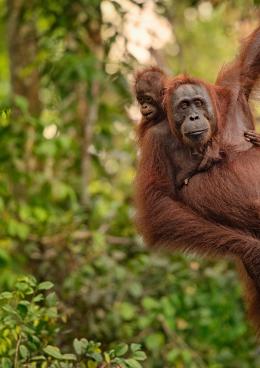FIP Biodiversity Co-benefits
This Results Deep Dive examines the biodiversity co-benefits achieved by the Forest Investment Program (FIP), a dedicated investment vehicle within the Climate Investment Funds (CIF). As of December 2022, FIP’s committed portfolio entailed US$598 million of own-account debt and equity investments, c
...This Results Deep Dive examines the biodiversity co-benefits achieved by the Forest Investment Program (FIP), a dedicated investment vehicle within the Climate Investment Funds (CIF). As of December 2022, FIP’s committed portfolio entailed US$598 million of own-account debt and equity investments, complemented by US$1.165 billion of public and private co-financing, aimed at reducing GHG emissions from deforestation and forest degradation, and enhancing forest carbon stocks.
FIP’s two primary co-benefit objectives are (1) to reduce poverty by improving the quality of life of forest-dependent Indigenous peoples and forest communities; and (2) to reduce biodiversity loss and increase the resilience of forest ecosystems to climate variability and change. Within this frame, FIP deploys a multitude of sustainable forest management practices that, in tandem, also center on forest and forest-adjacent habitants’ adaptation to the impacts of climate change. Among others, the practices enhance the human-forest nexus, such that dividends accrue toward both human development and wildlife preservation. For the conservation of biodiversity, FIP focuses on rehabilitating and reconnecting forest tracts to reduce ecosystem fragmentation, and on buttressing conservation efforts that increase the numbers and diversities of inhabitant species.
This case study examines the resultant impacts via three thematic intervention areas: Restoring native vegetation; Countering threats to biodiversity; and Promoting sustainable agroforestry (AFS) and silvopastoral (SPS) systems.
We welcome your feedback
Your input matters. Help us improve the CIF website by completing a brief survey. It will only take two minutes and will support our ongoing efforts to serve you better.





